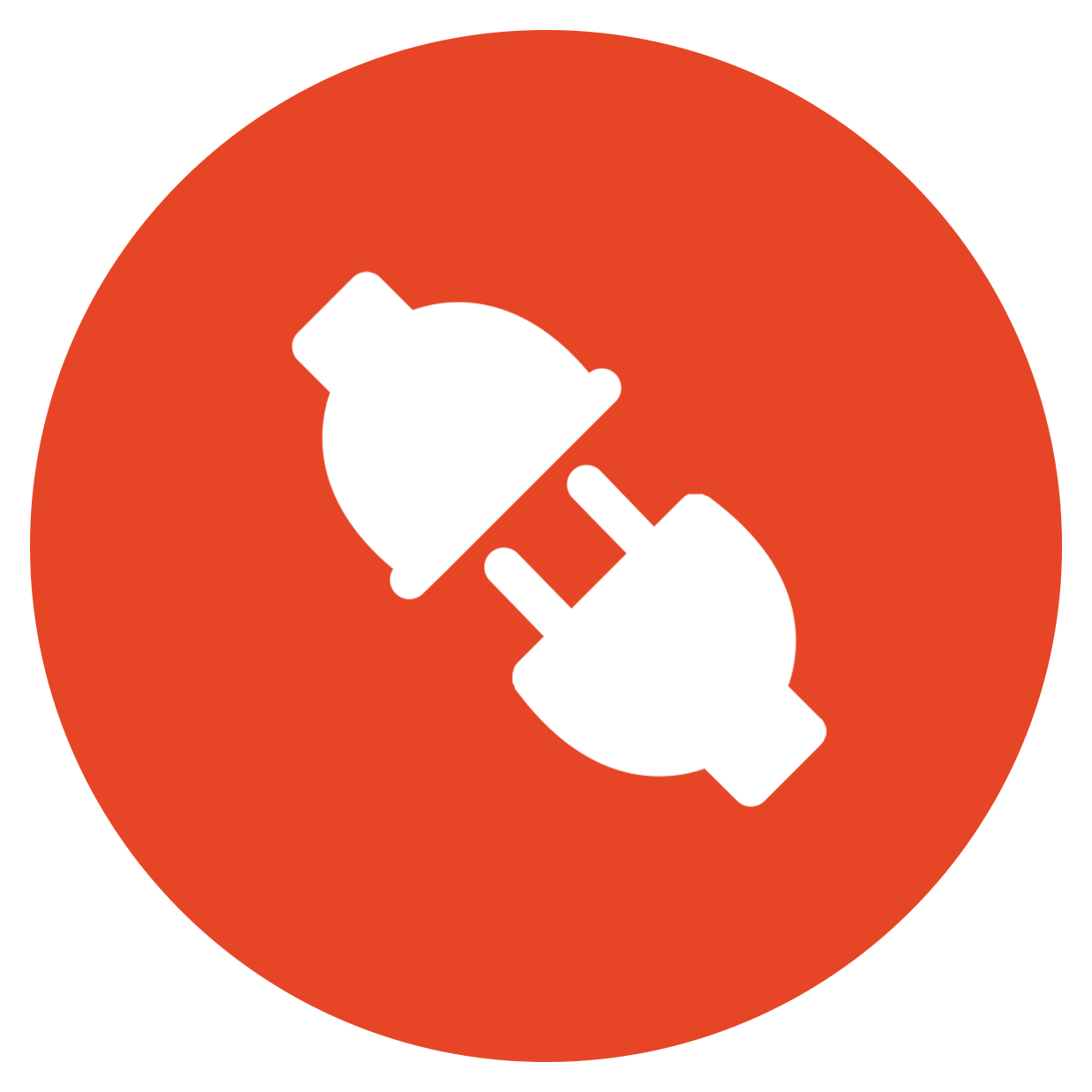Since its introduction in 2003, something of a cottage industry has sprung up around attacking the Net Promoter Score®. Earlier this year, the Wall Street Journal gave greater visibility to the debate with an article questioning the usefulness of NPS despite its “cultlike following.” 1 In a Forbes interview reflecting on the article, a CEO cautions that, “as with all things in measurement, doing [NPS] wrong can often send businesses confidently in the wrong direction.” 2 One of the latest examinations of NPS, appearing in Harvard Business Review, reports on consumer behavioral patterns that do not align with NPS-fueled expectations of customer loyalty and business growth. 3 Quite simply, consumer intention to recommend a brand does not reliably translate into an actual recommendation. While the author of that article proposes a metric that is more representative of actual consumer behavior, she still recommends following up with open-ended questions about why someone recommended (or disparaged) a brand. It seems that consumer behavior is too complex to be captured in a single number.
In measuring customer satisfaction, the appeal of a metric like NPS is obvious. Much of its popularity arises from its apparent simplicity, as in its natal form it asks customers just one question: On a scale of 0 to 10, how likely is it that you would recommend us to a friend or colleague? And it has no doubt benefited from an effective tagline. 4 Due to its wide adoption, it has come to serve as a useful basis for peer comparisons, both within and across industries. Whether driven by human nature or artful marketing, everyone wants to know how they measure up. In school, sports, politics, business – there seems to be an obsession with knowing who is the leader at any given moment, and where everyone else falls in comparison. Even with banks and credit unions, it’s easy to get so caught up in the numbers and the rankings you forget that measurement is just a means to an end: improving the customer experience. Ultimately, your customers care less about how well you do against your competitors than about how well you do for them.

All Metrics Do Not Suit All Purposes
A fundamental purpose of any organizational measurement is (or should be) to improve performance. In the case of customer experience measurement, the objective is to strengthen customer relationships as a catalyst of revenue growth and profitability. The ability to actually deepen relationships with customers through best-in-class frontline execution allows you to engage customers in such a way that they will not easily be lured away by the competition. When you reach that state, you have achieved true cultural transformation. But be warned: not all CX metrics can get you to that goal.
Level One: At the first level are “big picture” metrics like NPS. A single CX score like NPS is not an acid test of performance. It is too generalized and unfocused to serve as a guide for improving frontline execution.It will give you a snapshot of customer sentiment toward you, and can be useful in identifying friction in the customer journey, but it is insufficient, by itself, to drive business growth arising from customer loyalty. “Big picture” metrics are helpful in signaling that corrective action is needed, but they will not tell you what that action needs to be.
Level Two: This second level of measurement recognizes that you need to get under the single CX number to identify the drivers of your customers’ feedback. It follows up on the NPS referral question. What was the biggest reason for the responses they gave? Were their responses the result of their experience with your people, your processes, your products or your channels? These findings can be used to take systemic steps to ensure that winning experiences will be repeated on a consistent basis, or that a bad experience won’t be replicated. A truly comprehensive approach will gather feedback from interactions across the entire customer journey, connect it to drivers of loyalty, then take actions that will impact future outcomes. These “advanced NPS” metrics allow follow-up to your customer feedback in a more focused way, whether it’s “closing the loop” by reaching out to the customer or making process changes to reduce identified friction.
Even if your CX metric does all that, what you have at the end of the day is a really good reporting system. The marketing team and the customer experience department will be glad to have it, and it will be nice to use for peer comparisons. But what about the retail side? For those responsible for driving growth through the customer experience, this is the still-unanswered question: How are you going to ensure this reporting translates into an elite frontline team that can execute consistently, seamlessly, and in such a way that builds strong customer relationships?
You need more than a diagnostic of customer sentiment to change the culture. It’s not enough for your customer to say they will or will not recommend you, they do or don’t like you, they are encountering friction, etc. Strong customer relationships are the foundation of your CX culture, and they are the most important contributor to your growth and long-term success. So it is crucial that the analytics you are relying on can contribute to the process of building these relationships.
Level Three: Frontline execution analytics take on a different form from “big picture” or “advanced NPS” analytics, and they serve a different purpose. Analytics with the capability to strengthen frontline execution work at the behavioral level to improve the service and sales skills of individual customer-facing employees. By identifying the actual skills that need to be learned, developed and mastered by frontline employees to deliver great service, frontline execution analytics can bridge the gap between customers’ expectations and their actual experiences.


The Benchmark That Matters
That’s the most important benchmark of all: how you measure up to your customers’ expectations. How you deliver service that meets or exceeds those expectations is directly determinative of their future loyalty and, by extension, your future revenue growth and profitability. Prescriptive, multidimensional measurement gives you the tools to pinpoint gaps and friction in the customer experience. But to actually have control over what your customers think and feel about you, and what they will say about you to others, you need to take the next step by effecting change at the frontline, with behavioral level analytics.
NPS can be part of a comprehensive customer satisfaction program, but it is important to understand its limitations, even when done correctly, when it comes to improving frontline execution. It is notable that Fred Reichheld, the business author and strategist who introduced NPS, has himself acknowledged its limited usefulness as a metric, especially without follow-up. 5 Organizations should instead focus less on measuring and focus more on strengthening frontline execution – engaging with their customers in a more meaningful way to build relationships.
Without a holistic approach that incorporates behavioral level measurement and directly impacts employee skills, you risk missing or wasting information crucial to strengthening frontline execution and reaching your ultimate business goals. A comprehensive methodology will give you this actionable information by first showing why things are changing instead of just pointing out that they are changing. Then it will show you what needs to change to excel in the execution of your strategy. In the end, the most significant CX measurement is how you deliver a particular experience compared to how your customers expect you to perform every time, not how you do on average. Your customers don’t experience averages – they experience in the moment the highs and lows of each interaction that makes up their relationship with you.
Up Next – Lesson for Leaders 4: Mystery Shopping Flaws
Net Promoter, Net Promoter System, Net Promoter Score, NPS and the NPS-related emoticons are registered trademarks of Bain & Company, Inc., Fred Reichheld and Satmetrix Systems, Inc.
Footnotes
- Safdar, Khadeeja and Inti Pacheco, “The Dubious Management Fad Sweeping Corporate America.” Wall St. Journal, May 25, 2019.
- Ferracone, Robin, “Is Net Promoter Score Just a ‘Feel Good’ Metric?” Forbes, June 19, 2019.
- Stahlkopf, Christina, “Where Net Promoter Score Goes Wrong.” Harvard Business Review, October 18, 2019.
- “The One Number You Need to Grow,” the title of Frederick Reichheld’s December 2003 article introducing NPS in Harvard Business Review.
- See, e.g., Claveria, Kelvin. “The Problem with Customer Satisfaction Surveys—According to the Inventor of NPS.” Vision Critical blog posting, March 31, 2019.






















